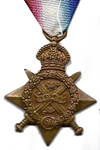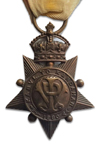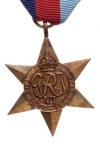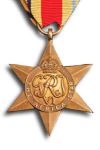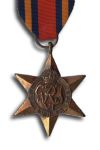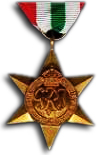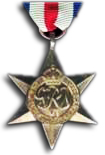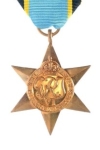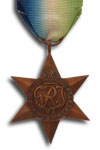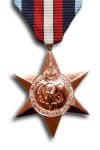Campaign Stars (group)
During World War II, nine stars were issued to recognize different campaigns, with their ribbon colors believed to carry symbolic significance, possibly designed by King George VI himself. Typically, no more than five stars may be awarded to one person. However, the Arctic Star, introduced retrospectively in 2013 after the Sir John Holmes Independent Medal Review, serves as the unique exception, allowing a sixth star to be worn.
For those qualifying for more than five stars, additional recognition is provided through a clasp, bearing the name of the corresponding star, which is affixed to the ribbon of one of the awarded stars. In certain cases, such as multiple eligibilities for the Atlantic, Air Crew Europe, and France and Germany stars, only the first star earned is awarded. A clasp with the title of the second star earned is then worn on the ribbon of the first, while a third star or clasp is not granted in this situation. For example: With an Air Crew Europe Star and a France and Germany Star, the recipient received the Air Crew Europe Star with a "France and Germany" clasp.
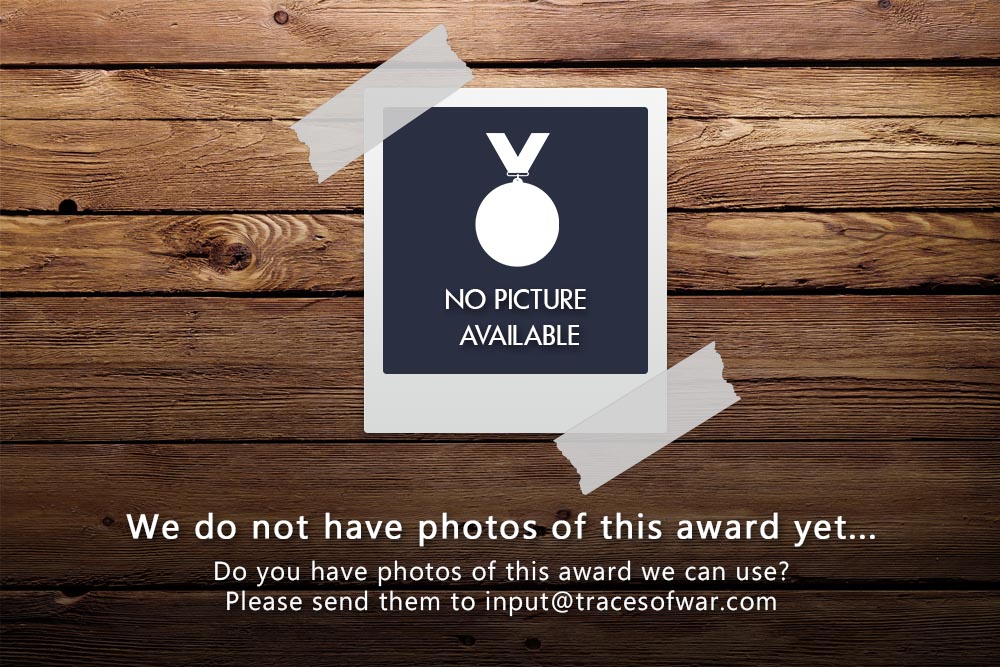
Sources
- - Duckers, P., British Military Medals: A Guide for the Collector and Family Historian
- gov.uk
